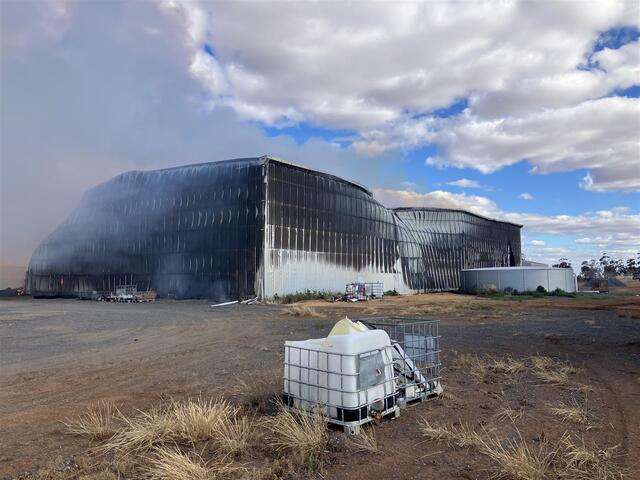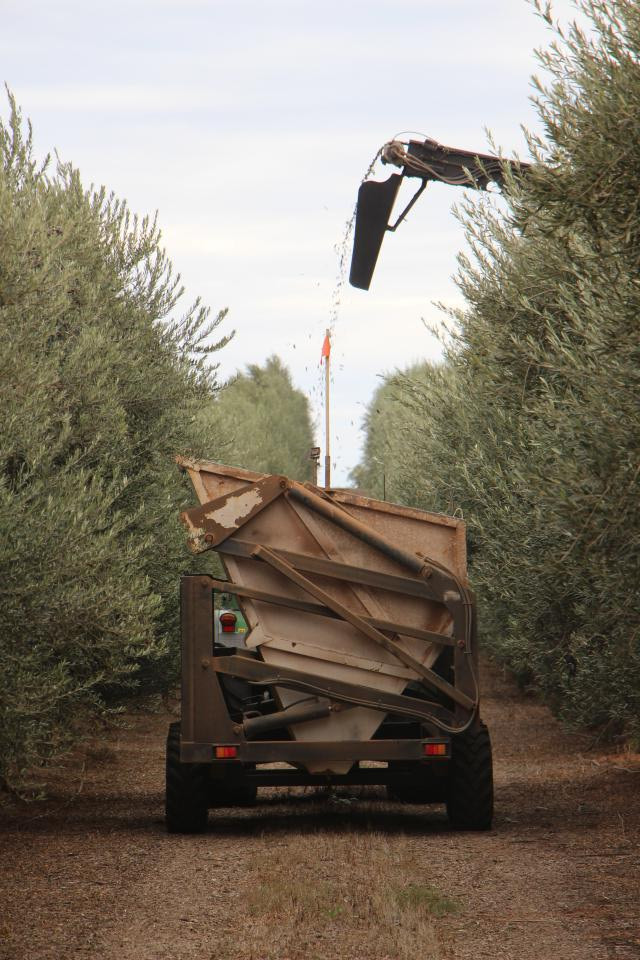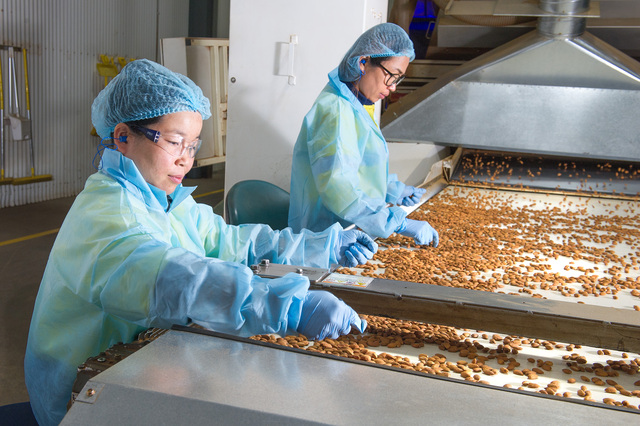GROWERS with inundated grape vineyards face a nervous couple of weeks as they wait for floodwaters to recede so they can check for diseases.
Vineyards producing early-maturing varieties are most at risk, but an early recession of floodwaters may allow for spraying before harvest.
But Australian Table Grape Association chief executive Jeff Scott says the outlook is “not good” for some growers at Nichols Point and in Robinvale.
“If (the vines) are under water for a prolonged period of time, they drown,” Mr Scott said.
“It is a bit concerning for them.”
The Murray River at Euston is predicted to rise to about 52 metres Australian Height Datum at the weekend, which is moderate flood level.
The forecast for Mildura Weir has floodwaters remaining at close to peak levels (38.3m AHD) until late December.
Magarey Plant Pathology’s Peter Magarey said the potential for losses was significant with harvest around the corner.
But he said the region was “blessed” floodwaters had not extended to more vineyards.
“It’s not a very big percentage,” Mr Magarey said. “(But) a relatively few growers … potentially suffer quite a bit.”
He said if the vines were not completely inundated, they could withstand two to three weeks of inundation.
“They can get root rots and similar diseases. But the vines are pretty resilient.”
Mr Magarey said growers would have a difficult few weeks as they waited.
“There’s not much you can do really, except be prepared to spray.
“But three to four weeks gets us closer to harvest and then … you’re not allowed to spray.
“Then issues like downy and powdery mildew become bones of contention.”
He said the only option for growers was to discuss with buyers if spraying would be accepted close to harvest.
The size and scope of effects in terms of cost and output on Sunraysia vineyards stemming from the current flood situation remained in doubt.
Agriculture Victoria has been contacted for comment.
Sunraysia Daily understands that authorities believe it is too early to measure the proportion of growers affected and attendant costs.
Support for growers exists in the form of primary producer recovery grants of up to $75,000 for costs related to recovery.
Another $250,000 in concessional loans could be available to producers to restore or replace damaged infrastructure or short-term business costs.







